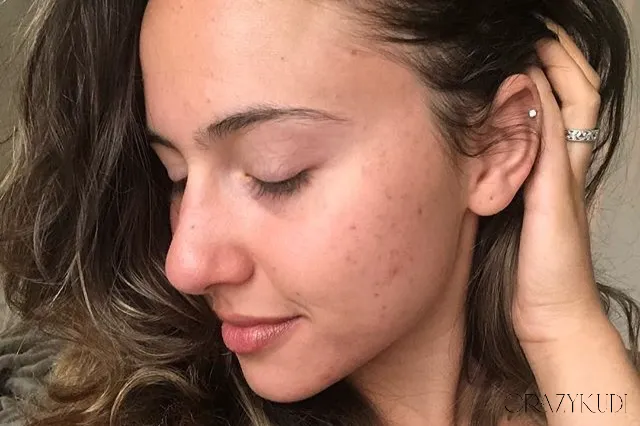If you're struggling with acne-prone skin and searching for an ingredient that truly works without irritating your skin, niacinamide might just be the game-changer you've been looking for. As a board-certified dermatologist, I often recommend niacinamide for patients dealing with acne, excessive oil, and redness—because it’s gentle, effective, and backed by science.
Let’s dive into what niacinamide is and how it benefits acne-prone skin.
What is Niacinamide?
Niacinamide, also known as Vitamin B3, is a water-soluble vitamin that works with the natural substances in your skin to:
- Minimize enlarged pores
- Improve uneven skin tone
- Soften fine lines and wrinkles
- Strengthen the skin’s barrier
- And most importantly for acne-prone individuals—reduce inflammation and regulate oil
It’s a superstar ingredient that’s suitable for all skin types, including sensitive and oily skin.
Also read: 6 Emerging Skincare Trends of 2025 You Need to Know About
Key Benefits of Niacinamide for Acne-Prone Skin
1. Reduces Inflammation
Acne is fundamentally an inflammatory condition. Niacinamide calms the skin, reducing redness and swelling associated with breakouts.
2. Regulates Sebum (Oil) Production
Excess sebum can clog pores and lead to blackheads, whiteheads, and cysts. Niacinamide helps regulate oil production without over-drying the skin.
3. Improves Skin Barrier Function
A compromised skin barrier can lead to irritation and breakouts. Niacinamide strengthens the skin’s barrier, helping it retain moisture and fend off environmental aggressors.
4. Minimizes Pore Appearance
By controlling sebum and boosting skin elasticity, niacinamide helps visibly reduce pore size, giving the skin a smoother appearance.
5. Fades Post-Acne Marks
Niacinamide supports even skin tone and helps fade post-inflammatory hyperpigmentation (PIH)—those dark marks left behind after a breakout.

How to Use Niacinamide in Your Routine
Niacinamide is very versatile and can be used both morning and night. It pairs well with most other active ingredients, including hyaluronic acid, salicylic acid, and retinoids. Just follow these steps:
- Cleanse: Use a gentle, non-comedogenic cleanser
- Apply Niacinamide: Use a niacinamide serum or moisturizer with 5–10% concentration
- Follow with Moisturizer: Lock in hydration
- Finish with Sunscreen (AM only): Niacinamide improves sun defense when used alongside SPF
Pro tip: Start with a lower concentration (around 5%) if you’re new to active skincare ingredients.
Also read: Comprehensive Acne Guide: Understanding Different Types of Acne and How to Effectively Prevent Them
Top Dermatologist-Recommended Niacinamide Products
- The Ordinary Niacinamide 10% + Zinc 1% – A budget-friendly, cult-favorite for oil control
- La Roche-Posay Mela-D Pigment Control Serum – Targets dark spots and post-acne marks
- Paula’s Choice 10% Niacinamide Booster – Lightweight and great for layering
- CeraVe PM Facial Moisturizing Lotion – Contains niacinamide and is perfect for sensitive skin
- Naturium Niacinamide Serum 12% + Zinc 2% – Gentle yet effective with added soothing ingredients
Are There Any Side Effects?
Niacinamide is generally well-tolerated, but like any active ingredient, overuse can lead to mild irritation. Stick to once or twice daily application, and always patch test new products before applying them all over your face.
Final Thoughts
Niacinamide is a powerhouse ingredient that provides multiple benefits to acne-prone skin—without the harsh side effects of stronger acne treatments. Whether you’re dealing with breakouts, oiliness, or leftover dark spots, adding niacinamide to your skincare routine can lead to clearer, more balanced skin over time.
Remember, consistency is key. And for persistent acne, always consult a dermatologist for personalized care.

